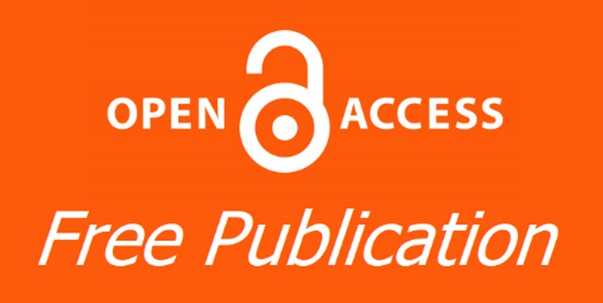Article Type
Original Study
Abstract
Background: Congenital kyphoscoliosis is a complex spinal deformity that, when neglected, often progresses to severe and rigid curves requiring surgical intervention. Traditional vertebral column resection (VCR) techniques, while effective, are associated with significant risks including prolonged operative time, high blood loss, and neurological complications. To address these challenges, modified surgical approaches have been developed to improve safety and outcomes. This study investigates a novel unilateral wedge closing posterior vertebral column resection (PVCR) technique aimed at achieving three-dimensional correction with reduced morbidity.
Methods: Between 2015 and 2018, patients with neglected congenital kyphoscoliosis were treated by unilateral wedge closing PVCR. The base of the wedge started posteriorly at the convex side, with the apex extending to the anterior column at the concave side, to correct both kyphosis and scoliosis by closing the wedge. The operative data, perioperative complications, and clinical and radiological outcomes were reported for all patients.
Results: A total of 18 patients were included in the study with a mean age of 15.7 ± 3.1years. The mean follow-up was 5.9 ± 0.9 years. The mean Cobb angle was 47.78 ± 17° and corrected to a mean of 13.6 ± 5.8° postoperatively. The mean preoperative local kyphotic angle was 65 ± 13.4°, corrected to 26.39 ± 8.7° postoperatively. The mean operative time was 186 ± 35 minutes with a mean estimated blood loss of 996 ± 390 (range, 600–1800) mL. No major intraoperative or postoperative complications were reported. Asymptomatic proximal junctional kyphosis was observed in two patients.
Conclusion: Unilateral wedge closure PVCR is an effective and safe method for deformity correction. The advantages of this technique include shorter operative time and less blood loss. Shortening of the spine during closure of the wedge allows correction of both coronal and sagittal plane deformity without distraction, with a lower incidence of neurological complications. Furthermore, keeping the anterior column and the concave side in continuity without resection provided further stability, prevented translation, and allowed faster bone healing.
Keywords
Deformity, Vertebral column resection, Kyphoscoliosis, Congenital scoliosis
How to Cite This Article
Elnady, Belal; Hassanin, Mohamed A; Hassan, Ahmed A; and El-Meshtawy, Mohamed
(2025)
"Outcome of Unilateral Wedge Closing Posterior Vertebral Column Resection (PCVR) for Treatment of Adolescent Neglected Congenital Kyphoscoliosis: A Five-Year Follow-Up,"
Advanced Spine Journal: Vol. 44
:
Iss.
1
, Article 10.
Available at: https://doi.org/10.57055/2974-4822.1325




















